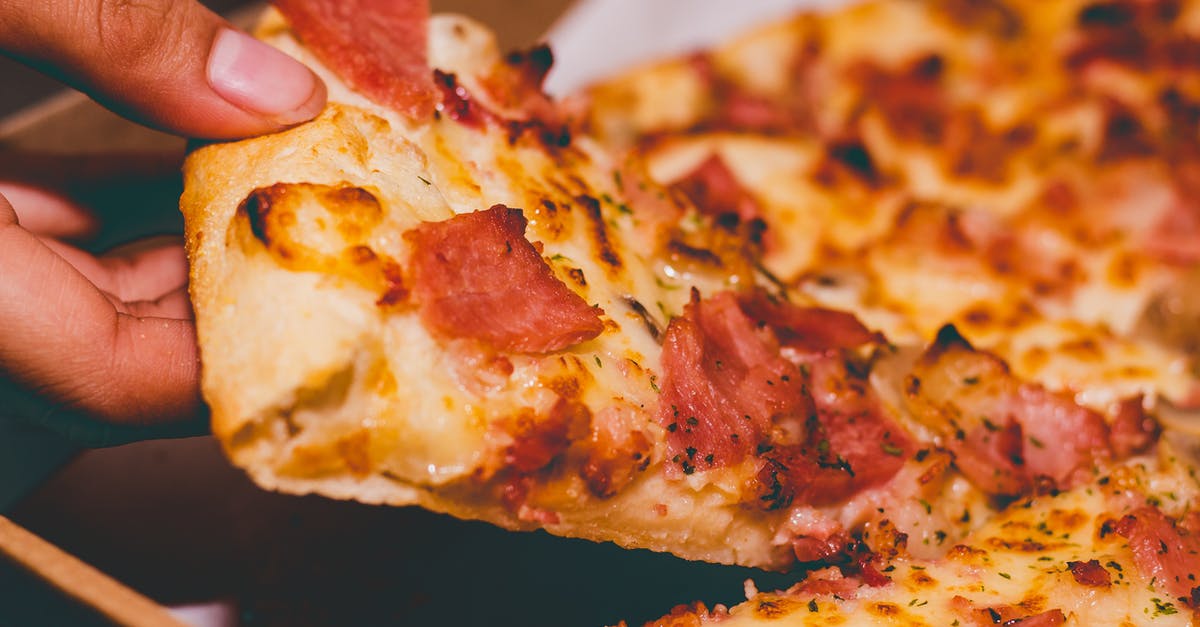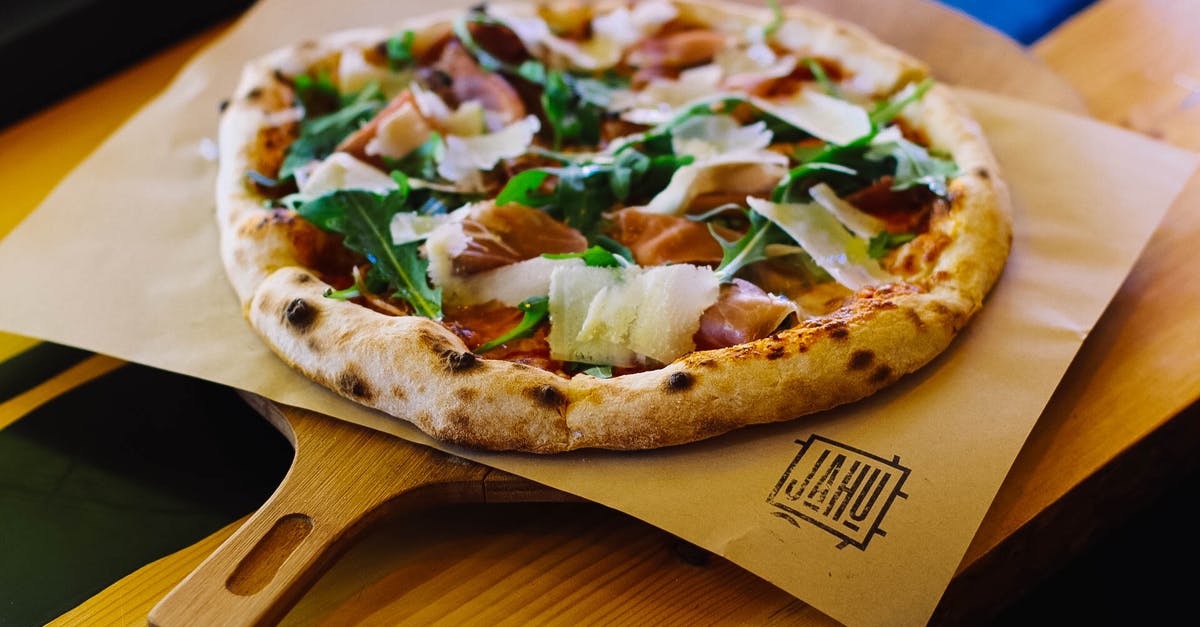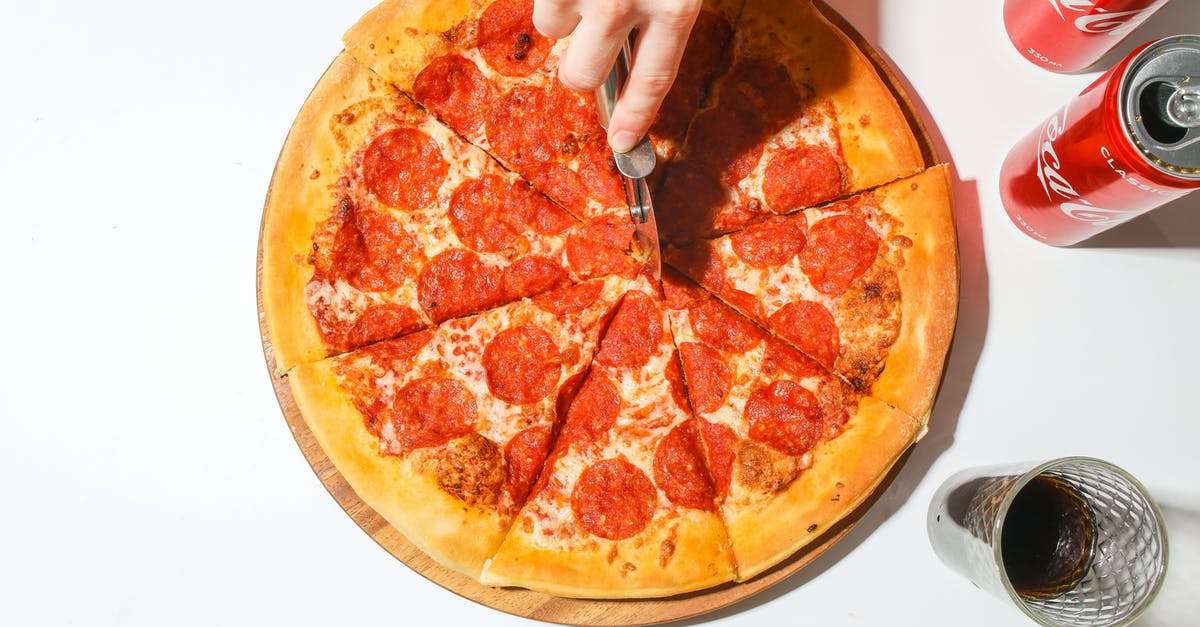Best way to improve my pizza crust

Here's how I prepare the dough: 500g of bread flour + 325ml of water + 6g of instant yeast + 1tsp of salt. Mix with the dough attachment on my hand mixer for ~20 min, cut in 4, form them into tight balls, put into plastic bags sprayed with olive oil, store in the fridge.
They then double in size in around 3h in the fridge and double again over the next 24h after that. They don't form any visible bubbles, its more like a very even rubbery foam.
I can start forming them into pizzas after those first 3 hours but those aren't that great, they aren't chewy or crispy, they are bland and mostly just taste like bread.
48 - 96H is where the sweet spot is, great flavor, chewier, crustier. After 96H the dough starts to get sticky and hard to form though so I usually don't keep them that long.
Thing is though, my pizzas are never as chewy or crusty as they come from a great restaurant. My oven is kinda weak, it only gets up to ~200C so I have to cook the pizza for ~15-20 mins, the less the chewier, the more the crispier, I usually aim in the middle but I never really get both. I also don't have a pizza stone, I prepare and cook them on parchment paper which I put straight on the middle rack.
So do you guys think I would benefit from that stone slab? Or buying a more powerful oven? Or something off with my recipe or process?
Best Answer
You've definitely got a problem with your oven heat. I feel like an oven is an expensive investment so I'm reluctant to suggest buying a whole oven just to improve pizza crust, but a more capable oven helps in many ways. I prefer gas ovens and I have also highly enjoyed convection ovens.
I've found pizza stones to be effective in improving the crust of pizza.
Like you, I discovered that crust tastes much better if you can age it. Unlike you, I started my aging at room temperature and let it rise on top of the fridge where it's warm - with plastic wrap on top of the bowl. Then I might refrigerate overnight and let it rise again in a warm place before forming.
I used very high-gluten flour, because I wanted to make the crust very thin but also chewy and slightly resilient to toppings. High gluten means making it too tough was a possible problem. I compensated for the gluten in two ways: minimal work and high moisture content.
Minimal work means I didn't knead the dough at all. I used a stand mixer with a dough hook to combine the ingredients as gently as possible and as soon as the dough was even and all the flour was wet, I stopped mixing and the next time the dough got worked was when I formed the crusts. Working the dough makes the gluten form longer strands and enhances chewiness, but I wanted toughness and lightness and crispiness.
High moisture means I added much more water than the recipe suggested. I wish I could tell you how much, but every kitchen has a different effect on bread moisture so even if I gave you an exact volume of water, you'd have to adjust it. When the dough I made was mixed it was very sticky and spongy. It did not form a nice smooth dough ball. It was climbing up the sides of the mixer bowl a little bit. For minimal working, I would take the bowl off the mixer stand and cover it with plastic wrap and put it on top of the fridge to rise.
With the dough that wet, I was looking for large, weak, translucent bubbles near the top of the dough. I wouldn't punch the dough down as much as kind of pop it. Then it went into the fridge.
With the dough that wet, it wasn't easy to work it into a crust, but I could tell if I had made it right if the dough barely sprung back when stretched. I used a wooden peel that was positively caked with flour and I made the pizza right on the peel. If I put a lot of toppings on, I would shake the peel gently from time to time to make sure the crust wasn't stuck to it.
I had a gas oven that I would turn up all the way past the numbers on the dial and let it heat for more than an hour with the stone in it. When I put the pizza on the stone, a huge burst of steam would come up from the bottom of the pizza. I think you want to look for that. Cooking time should be under ten minutes if you can get the oven hot enough.
This type of dough would produce a very thin but resilient crust in the middle and would have those huge bubbles at the edges that you see in serious New York style thin crust pizza.
Pictures about "Best way to improve my pizza crust"



Quick Answer about "Best way to improve my pizza crust"
How do I make pizza crust better?
Brush With Garlic Sauce A really simple trick to add some flavor to your pizza crust (if you decide to use it for pizza) is to take a garlic sauce and brush it over the entirety of the crust. This'll give the pizza that delicious garlic-y taste you'll find when you buy pizza.What to add to pizza crust to make it taste better?
How do you make your pizza dough taste even better? Season it! I always recommend basting your crust with a little something extra. I like to flavor my pizza dough by basting it with a mixture of butter, parmesan cheese, salt, garlic powder, and parsley.How do I make my pizza crust more airy?
To add a more airy texture to your pizza, Let the dough feel sticky after you knead it, and when it's ready to shape, use your handle and apply minimal pressure on to the dough. Shape it by stretching and pulling rather than pressing.How do I make my crust more crispy?
To achieve a more crispy crust, you'll need to add more water to the dough formula. This allows the dough to be a little more fluid and expand more readily during those first few critical minutes in the oven.How to improve my pizza? 3 IMPORTANT TIPS
More answers regarding best way to improve my pizza crust
Answer 2
200C is pretty low for baking pizza; you'll tend to get bread (as you say). Commercial pizza ovens range from 300C to 450C
If you don't have a baking stone, then at least put the pizza on an inverted preheated baking sheet. Something to get heat on the bottom of it, to crisp the crust. Otherwise ... bready.
From the 48-96 hour period you're using, it sounds like you're aiming for a sourdough crust. Why not create your own sourdough starter, and use that to start your pizza dough?
Sources: Stack Exchange - This article follows the attribution requirements of Stack Exchange and is licensed under CC BY-SA 3.0.
Images: Ragga Muffin, Narda Yescas, Kristina Paukshtite, Polina Tankilevitch
